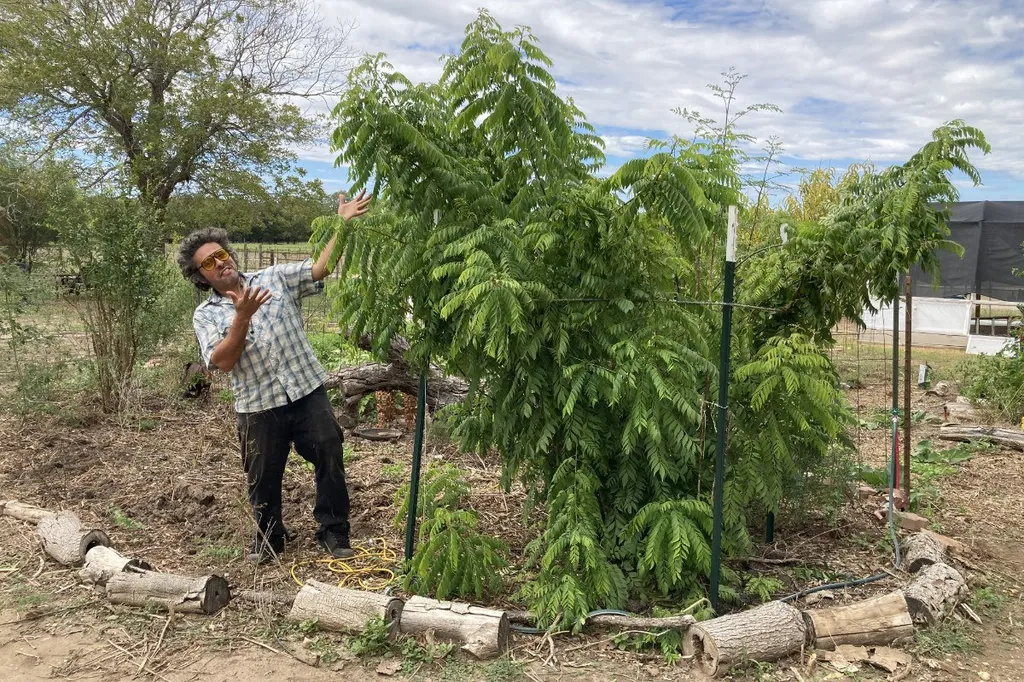In the lush landscapes of South India, where the curry leaf tree (Murraya koenigii) thrives, a groundbreaking study has unveiled the genetic diversity of this culinary staple, offering promising avenues for the agriculture sector. Researchers, led by Dharini Chittaragi from the Department of Spices and Plantation Crops at Tamil Nadu Agricultural University, have employed Inter Simple Sequence Repeats (ISSR) markers to profile thirty curry leaf genotypes, shedding light on their genetic variability.
The study, published in *Scientific Reports*, reveals that the ISSR markers used were highly effective in distinguishing between the genotypes, with an average Polymorphism Information Content (PIC) value of 0.83. “The markers were able to differentiate the genotypes into distinct clusters, indicating a wide genetic variability,” Chittaragi explained. This variability is crucial for crop improvement programs, as it provides a foundation for selecting superior genotypes with desirable characteristics.
The genetic diversity observed in the study is not just a scientific curiosity; it has significant commercial implications. Curry leaves are a vital ingredient in South Indian cuisine and are increasingly gaining popularity in global markets due to their unique flavor and aroma. Understanding the genetic diversity of curry leaf genotypes can aid in the efficient management of germplasm and the development of improved varieties that are more resilient to diseases, have better yields, and possess enhanced sensory qualities.
The study grouped the genotypes into nine clusters, with the largest cluster comprising 15 genotypes. This clustering can guide breeders in selecting parent lines for hybridization programs aimed at developing new, improved varieties. “This information could be used as the basis for curry leaf conservation and cultivation activities,” Chittaragi noted, highlighting the practical applications of the research.
The findings also open up new possibilities for the agriculture sector. With a better understanding of the genetic diversity of curry leaves, farmers can make more informed decisions about which genotypes to cultivate, potentially leading to higher yields and better quality produce. This could boost the local economy and enhance the competitiveness of South Indian curry leaves in the global market.
Moreover, the study underscores the importance of conserving genetic diversity. As agriculture faces increasing pressures from climate change and other environmental factors, preserving a wide genetic base is essential for ensuring the long-term sustainability of crops. The research provides a valuable tool for germplasm conservation efforts, helping to safeguard the genetic resources of curry leaves for future generations.
In the broader context, this study is part of a growing trend in agritech that leverages molecular markers to unravel the genetic diversity of crops. As technology advances, these tools are becoming more accessible and affordable, enabling researchers and breeders to make significant strides in crop improvement. The insights gained from this research could shape future developments in the field, paving the way for more innovative and sustainable agricultural practices.
By harnessing the power of genetic diversity, the agriculture sector can look forward to a future where curry leaves, and other crops, are not only more productive but also more resilient and adaptable to changing environmental conditions. This study is a testament to the potential of molecular characterization in driving agricultural innovation and ensuring food security.

